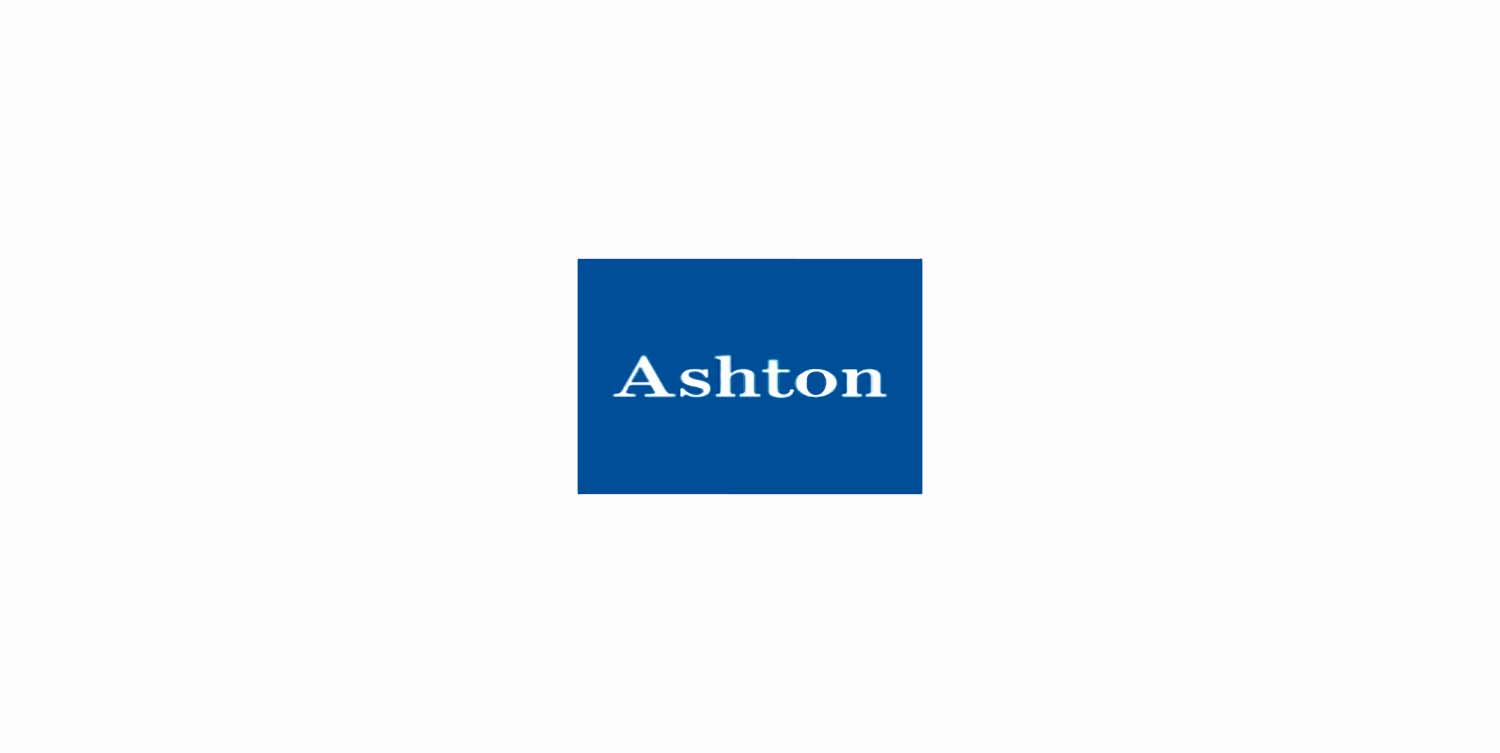Enter your email below to receive weekly updates from the Ashton College blog straight to your inbox.
By: Janice Bandick
Published On: July 9, 2015While we’re still far from being a cashless society, more Canadians than ever are choosing to use credit cards to pay for purchases. According to the Bank of Canada since 2009, payments made by credit card have increased 31%, while the use of cash decreased by ten percentage points to 44%.
The spike in credit card use is linked to the rollout of new payment technologies, which are gaining popularity with young people. Credit cards enabled with “tap and go” technology no longer require holders to swipe the magnetic strip or sign a receipt. In addition, credit cards are becoming more practical and in many cases a necessity, such as when planning travel or making online purchases.
While building a credit history is a good thing, careless spending and irresponsible use can quickly land you deep in debt. A 2015 report from RBC found that Canadian households have reached record levels of consumer debt, expanding their debt balances by $81 billion from a year ago in April to $1.82 trillion. Household debt levels in Canada are even higher than those in the U.K. and U.S. during the peak of the financial crisis in 2007.
The report points to the role of rising housing prices in increasing consumer debt loads, highlighting the rapid rise in real estate prices in Canada, which is highly urbanized.
While many households would be vulnerable if interest rates were to spike or the Canadian job market were to suffer a large number of job losses, RBC indicated it does not foresee these risks materializing. However, financial experts across the country are urging Canadians to get a handle on their spending, especially when it comes to the use of credit cards.
If you’re wondering how to improve your credit card habits to keep your debt in check and make sure your credit score is the best it can be, here are five tips for managing your plastic in 2015.
The No. 1 way to improve and keep good credit is to demonstrate that you are a responsible individual. You will hear these words over and over and over as you learn about financial management. Timely payment is the easiest way to improve or to ruin your credit status.
Set the goal to pay off your balance in full by the due date every month. Carrying a balance means that everything you charge to your credit card actually costs you more than the purchase price, because you are paying interest. And the longer you carry a balance, the higher the cost.
Read the terms and conditions of the legally binding contract carefully to understand how they apply and your responsibilities. Your credit card company may also send notices to you by the mail when changes are made to your current contract. Review inserts carefully for important information regarding your account that may be hidden in what looks like an advertisement.
If you can't pay your monthly balance in full and the outstanding balance is growing, you are spending more than you can afford. If you find yourself in this situation, stop using your credit card until you get your finances under control.
Avoid taking a cash advance on your credit card. Unlike regular purchases, there is no grace period on cash advances from a credit card. You are charged interest from the day you take the advance until the day you repay the entire advance amount. These marketing devices may seem attractive when you’re in a tough financial spot, but the interest rates are so high that you could end up in more financial trouble.
The information contained in this post is considered true and accurate as of the publication date. However, the accuracy of this information may be impacted by changes in circumstances that occur after the time of publication. Ashton College assumes no liability for any error or omissions in the information contained in this post or any other post in our blog.
